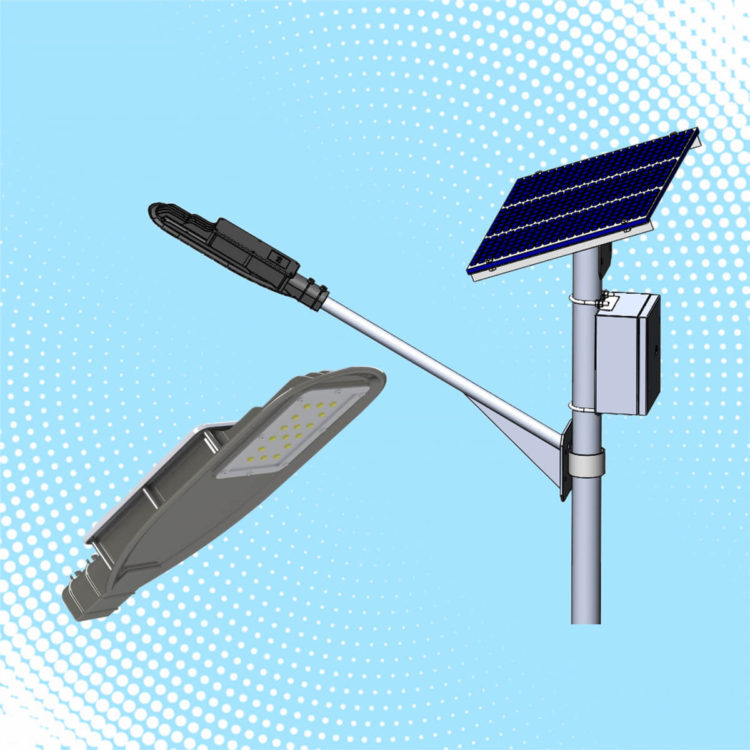Solar street lights typically utilize a rechargeable battery system to store energy generated by the solar panel during the day for use at night. The battery plays a crucial role in the operation of a solar street light system.
- Charging during the day: During the day, the solar panel absorbs sunlight and converts it into electricity. This electricity is used to charge the battery. The charge controller regulates the voltage and current from the solar panels to ensure that the battery is not overcharged or damaged. This phase continues throughout the daylight hours, replenishing the energy stored in the battery.
- Energy storage: The battery is designed to store the energy collected from the solar panel. It typically utilizes a rechargeable lithium-ion, lead-acid, or other types of batteries that are capable of storing electrical energy efficiently.
- Power supply at night: When the sunlight diminishes or is no longer available, the solar street light switches to the energy stored in the battery. The energy stored in the battery powers the LED lights or other components of the street light during the night.
- Efficient energy management: To ensure that the street light operates efficiently throughout the night, the system is often equipped with sensors and controllers that can regulate the power usage and brightness of the lights based on the available energy in the battery. This helps to conserve energy and ensure that the light remains operational for the entire night.
- Maintenance and lifespan: Regular maintenance is necessary to ensure the optimal performance and lifespan of the battery. This may involve periodic checks of the battery’s health, cleaning of the solar panels to maintain their efficiency, and inspection of the overall system to identify and address any issues that might affect the performance of the solar street light.
It’s worth noting that advancements in technology and the increasing use of renewable energy sources have led to the development of more efficient and durable battery systems for solar street lights, contributing to their increased adoption in various locations around the world.


